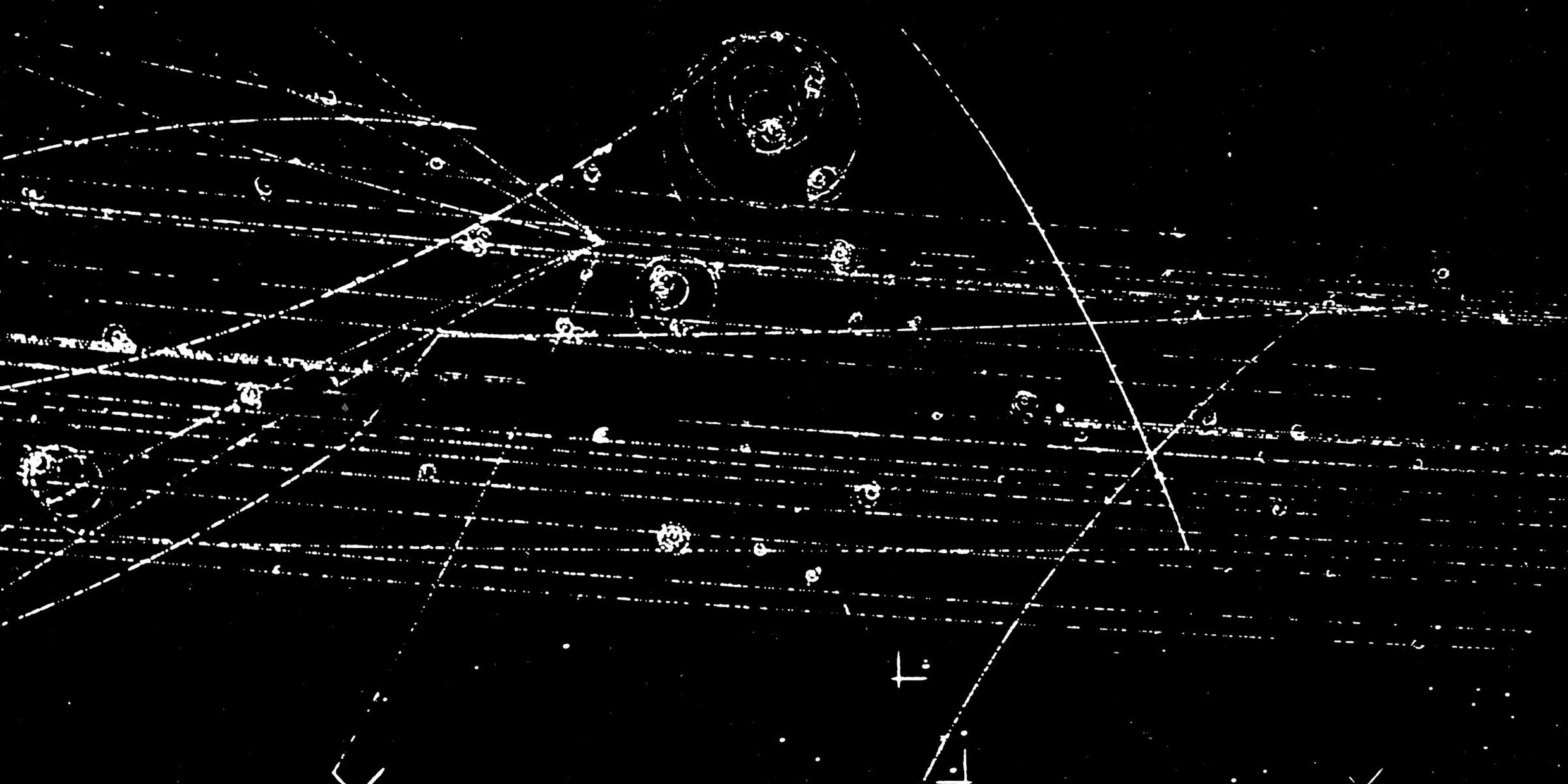Originally published 6 October 1986
The word from CERN, Europe’s big high-energy physics lab, is that the antiproton has been trapped. The antiproton has been caught and stored for several minutes in a bottle.
The antiproton, like Lewis Carroll’s Snark, is “a peculiar creature, that won’t be caught in a commonplace way.” It took a very special kind of bottle to contain this very strange particle. But before we get to the bottle — a little bit of history.
Back in 1928 the physicist Paul A. M. Dirac invented a mathematical theory that described the properties of the electron. The electron, with the proton and the neutron, is one of the fundamental particles out of which our world is made. Dirac’s theory was beautiful, but it had a problem. It predicted the existence of a particle that was identical to the electron in every respect except for a positive rather than negative electric charge. The predicted particle was dubbed an antielectron. No one had ever seen such a particle.
Then, in 1932, antielectrons were found among the debris that results when powerful radiation from space, called cosmic rays, collides with atoms in the Earth’s atmosphere. In the aftermath of such collisions, pairs of electrons and antielectrons come into existence together, from pure energy, in accordance with Einstein’s principle of the equivalence of matter and energy. With the discovery of the antielectron, Dirac’s theory was vindicated. Nature, as Dirac suspected, loves symmetry.
If antielectrons exist, then why not antiprotons. An antiproton would be like a proton except it would have a negative rather than positive charge. But a proton has almost 2000 times the mass of an electron. To create a proton-antiproton pair requires 2000 times more energy than to make an electron-antielectron pair. It wasn’t until 1952, when the giant Bevatron particle-accelerating machine at the University of California came on-line, that antiprotons were produced and recognized.
Mutual annihilation
If nature allows the existence of antielectrons and antiprotons, why are there none about? The reason is this: If a particle and its antiparticle meet, they annihilate each other. They disappear from the universe in a puff of pure energy.
Matter and antimatter cannot coexist. If the physicist creates an antiparticle in the laboratory, it will last only for the fraction of a second it takes to meet with its opposite. An antiproton produced in the laboratory finds itself in a world made of protons and with no place to hide. Almost instantly — puff — it’s gone.
And this is the importance of the new work reported in the Sept. 26 [1986] issue of Science. A group of researchers, including seven from American institutions and two from Germany, captured antiprotons produced by the big particle accelerating machine at the CERN laboratories near Geneva. They “bottled” the antiprotons and kept them in existence for several minutes.
First, the researchers slowed down the antiprotons that emerged from the big machine. Then they let the antimatter particles into their bottle-like trap. Of course, no bottle made of ordinary matter would work. The bottle was made of electric and magnetic fields. A powerful magnetic field kept the particles confined along the axis of a cylinder. Electric fields on the endcaps of the bottle kept the antiprotons shuttling back and forth from end to end.
The key to success was not letting the antiprotons come into contact with ordinary matter. Air was pumped out of the trap and the electric and magnetic fields kept the antiprotons away from the sides. Still, after 10 minutes, only five antiprotons survived from the several hundred originally captured. The loss came mainly from collisions of antiprotons with molecules of residual air still in the trap.
Snaring the Snark
For various reasons involving scheduling and equipment failure, the group had only one day to test their trap. It was just enough time to know that the Snark can be caught.
In future experiments, the group hopes to raise the storage time to days or weeks. Bottled antiprotons could then be moved from place to place for the purpose of study. One obvious experiment is to measure more precisely than ever before the mass of antiprotons, and confirm that in this respect they are twins of protons.
There is a potential dark side to this story. Antimatter could be the ultimate weapon. If a pea-size chunk of antimatter was suddenly released into our world, it would disappear with a blast of energy that could level a city. Fortunately, it’s a long way from trapping a few hundred antiprotons in a leaky bottle to accumulating, storing, and transporting the one septillion antiprotons necessary to make that deadly pea.



